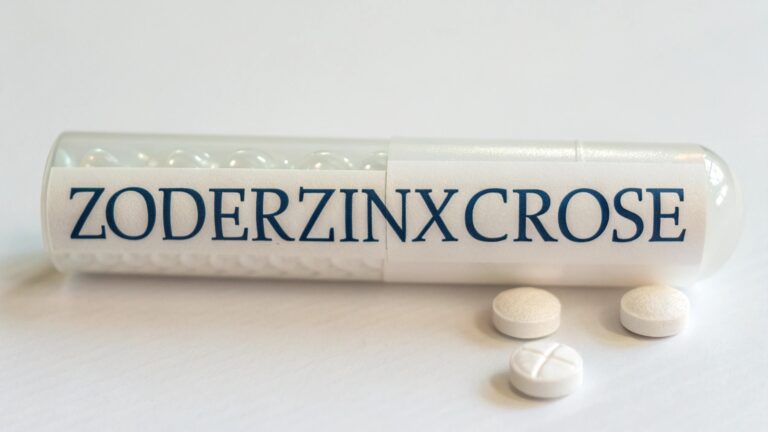
Skin rashes are a frequent concern for parents and caregivers, and because children’s skin is delicate and highly sensitive, it may react to various conditions. Skin conditions range from minor irritations to viral infections. Understanding the causes of these skin rashes and knowing how to manage their symptoms properly is fundamental for a child’s well-being. Here’s information on common skin conditions in children and how to care for them:
Dermatitis Skin Conditions
Dermatitis is a broad term used to describe inflammation of the skin. This condition often manifests as redness, swelling, itching, or irritation and can occur due to various triggers. Dermatitis may result from allergic reactions, irritants, or even genetic predispositions, depending on the individual. While it is not contagious, dermatitis may significantly affect a child’s comfort and quality of life if left unmanaged. Some dermatitis skin rash conditions are:
- Cradle Cap
- Contact Dermatitis
- Diaper Rash
- Eczema
Eczema
Eczema, also referred to as atopic dermatitis, is an ongoing condition that often results in red, itchy, and inflamed patches of skin. It can appear on multiple areas of the body, with the face, elbows, and knees being particularly common locations. Eczema symptoms may flare up in response to specific triggers such as exposure to allergens, certain soaps, or even shifts in weather conditions.
Keeping the skin moisturized at all times helps ease eczema symptoms. Moisturizing helps reduce inflammation and prevent the skin from drying excessively, especially after bathing. Lukewarm water combined with gentle, non-irritating cleansers is recommended for baths. After bathing, pat the skin dry instead of rubbing it, and immediately apply moisturizer to lock in hydration. If symptoms persist or worsen despite these measures, a healthcare professional provides tailored advice and treatment options to bring relief.
Viral Infection Skin Conditions
Viral infection skin conditions refer to dermatological issues caused by viruses, ranging from mild to severe. Viral infections often present as rashes, blisters, or lesions on the skin’s surface. Common conditions include measles, rubella, and chickenpox. These conditions are typically contagious and may spread through direct contact, respiratory droplets, or contaminated surfaces. Early diagnosis and treatment can impactfully help you manage symptoms and help prevent further complications.
Fifth Disease
Fifth disease is a viral illness known for its characteristic red face rash, commonly resembling a “slapped cheek.” This condition, caused by the parvovirus B19, may also result in a rash spreading to the arms, legs, or torso. While generally mild, it is highly contagious and requires thoughtful management to prevent discomfort and stop the virus from spreading further.
Getting rest and staying hydrated for the affected child is invaluable, as these simple steps aid in their recovery. If the rash is itchy or accompanied by mild fever, parents can use cool compresses or seek advice on appropriate over-the-counter medications for relief. To avoid passing the virus to others, practicing proper hand hygiene and other protective measures is key.
Chickenpox
Chickenpox, caused by the varicella-zoster virus, is a familiar childhood illness that typically leads to red, itchy spots evolving into fluid-filled blisters. It is highly contagious during its early stages, even before the blisters scab over, which demands extra vigilance. Managing chickenpox requires a combination of soothing techniques and careful symptom monitoring.
Oatmeal baths and topical creams can significantly reduce itching, although encouraging children to avoid scratching is key to preventing scarring or secondary infections. Fever reducers, as recommended by a healthcare provider, can be used if necessary, while loose, breathable clothing can minimize irritation to the skin.
Comprehensive Care for Managing Skin Rashes
Caring for children with skin rashes involves a combination of thoughtful observation and practical measures. Keeping the skin well-hydrated, preventing scratching, and monitoring symptoms carefully can help you gain positive outcomes.
While many rashes can be managed effectively at home, recurring or more severe symptoms call for professional input. Consulting with a skin rash specialist can offer clarity, expert care, and active management techniques. Schedule a consultation today.
Recommended Articles
zorqine18.6.4 – Benefits And Potential Impact
What is hoxcutterwolk – Analysis
the spark shop 6-9 months old baby clothes – A Complete Guide
rs 149 bear design long-sleeve baby jumpsuit thespark shop – Comprehensive Review





